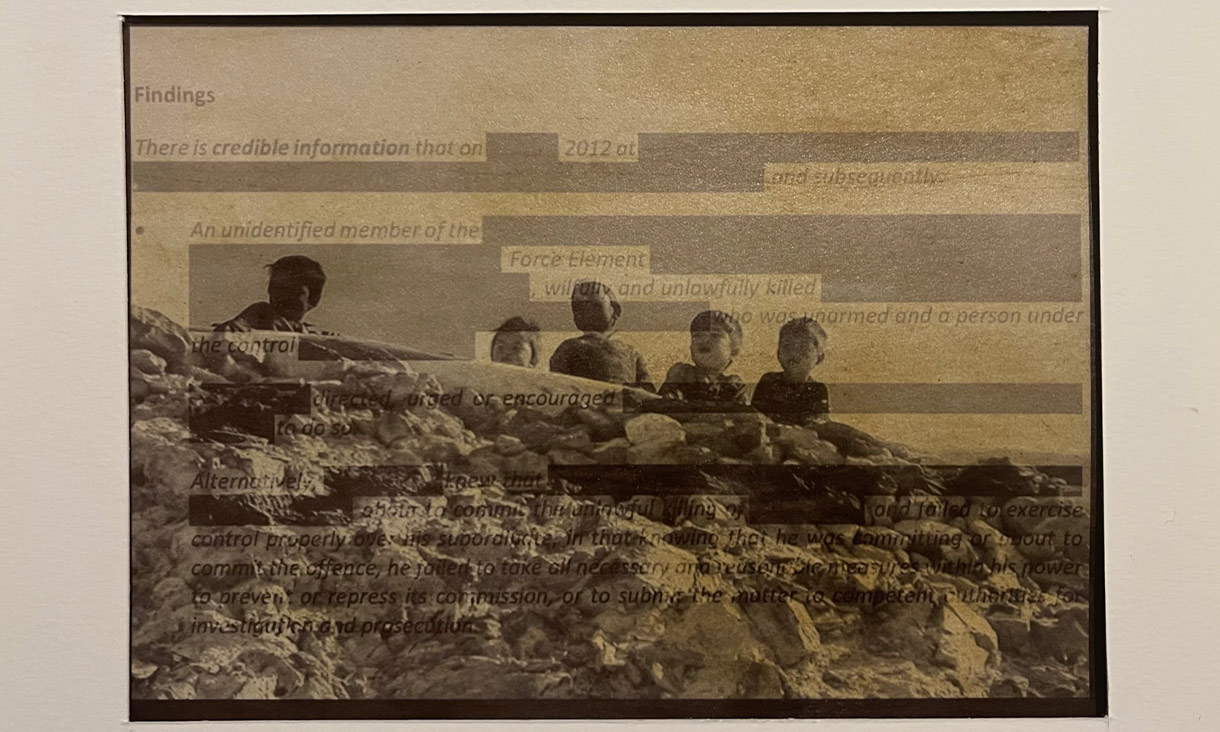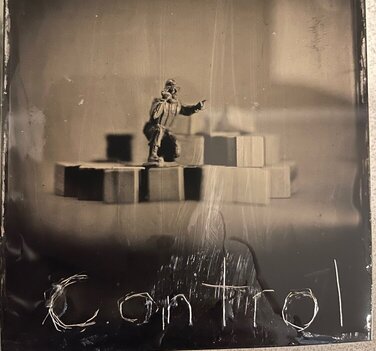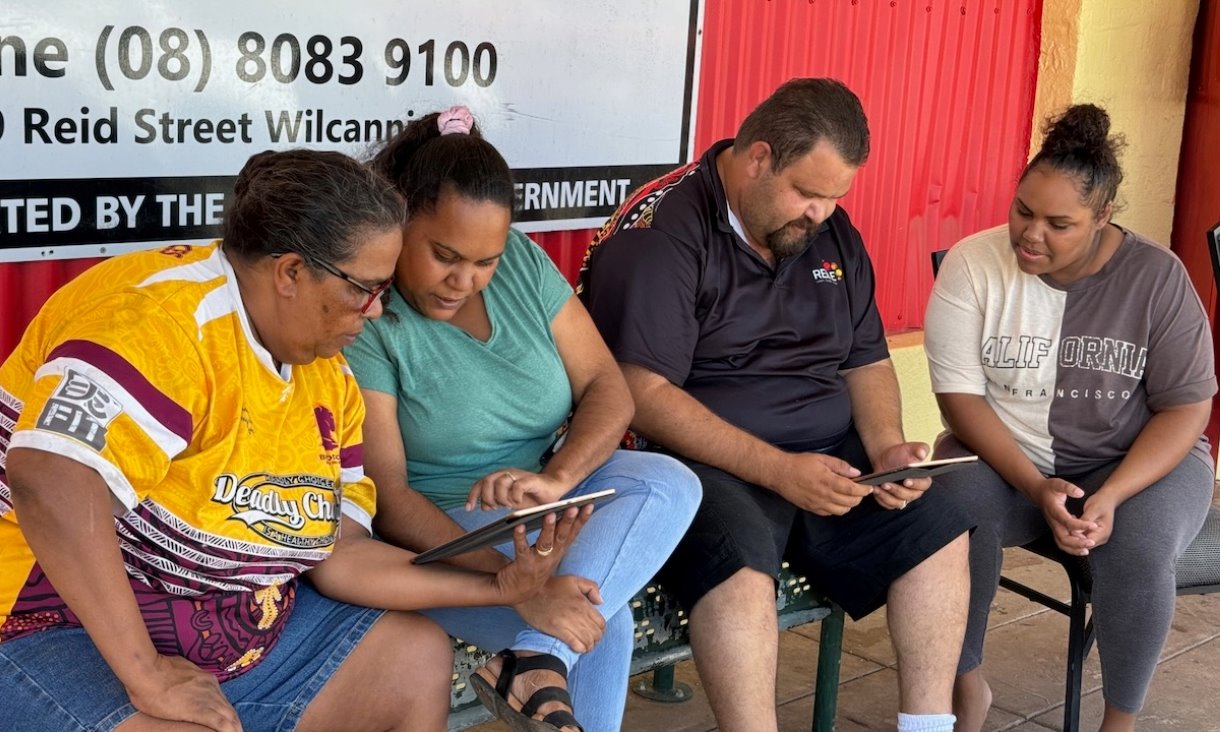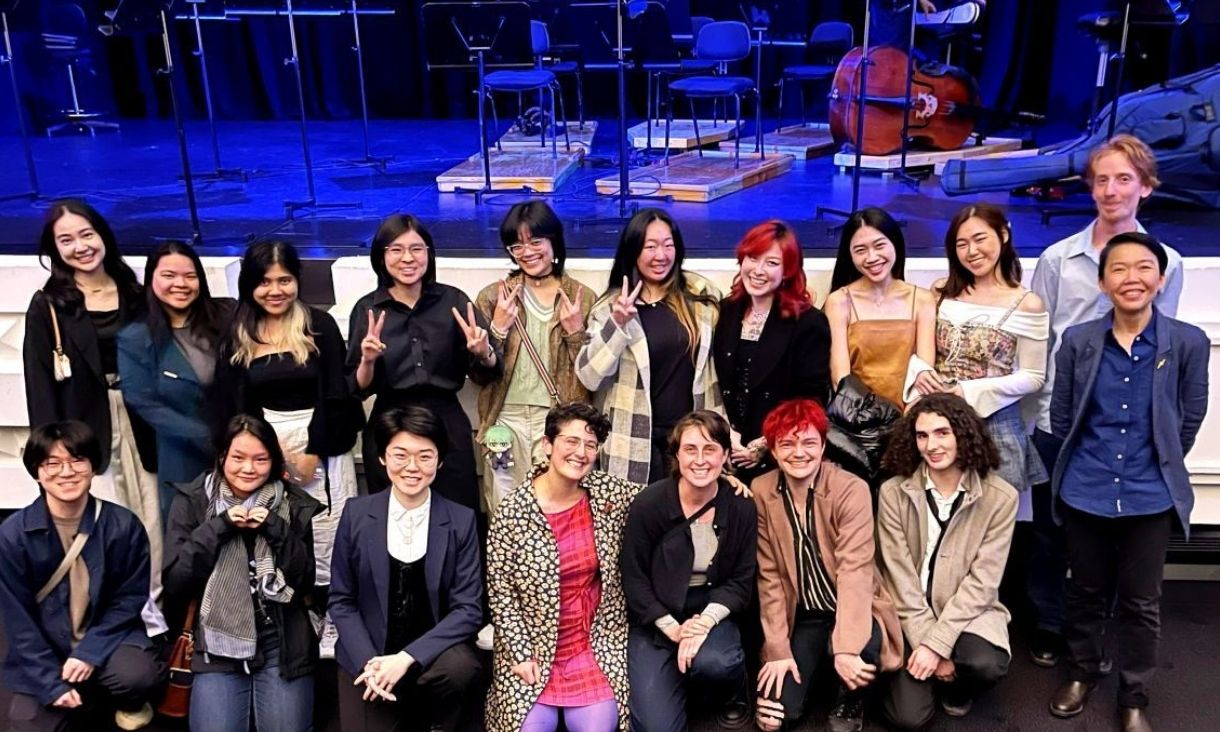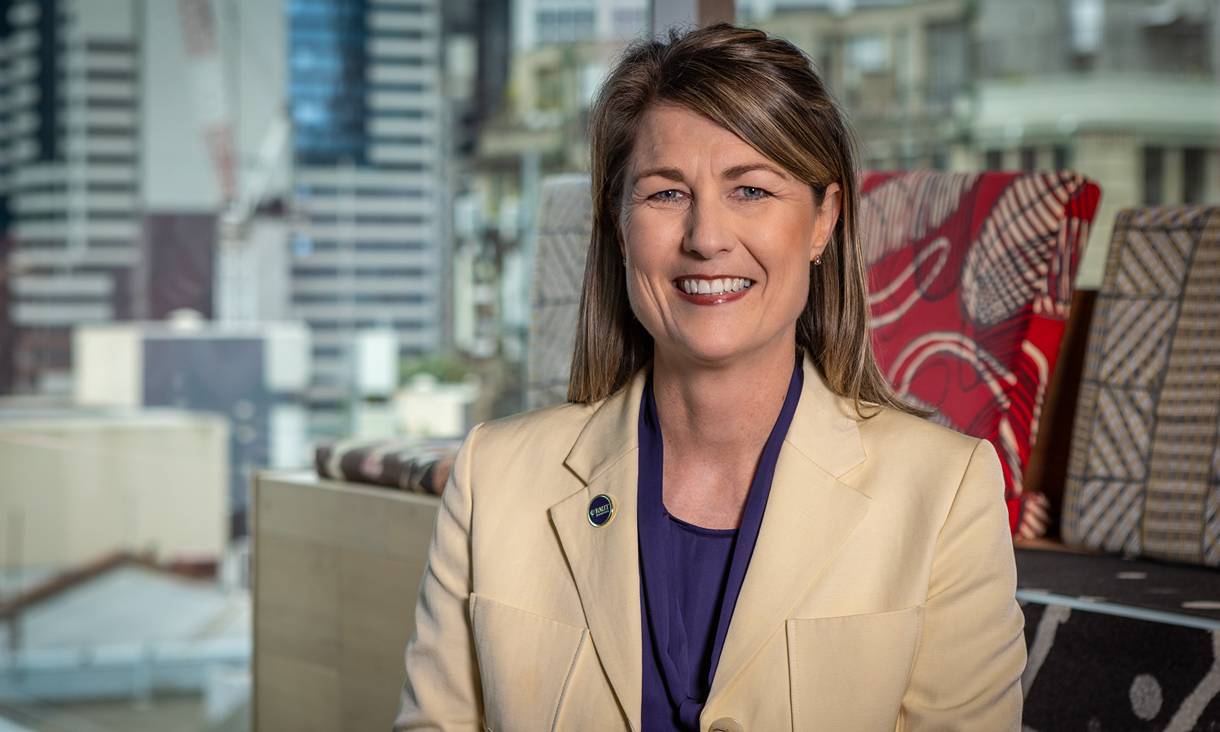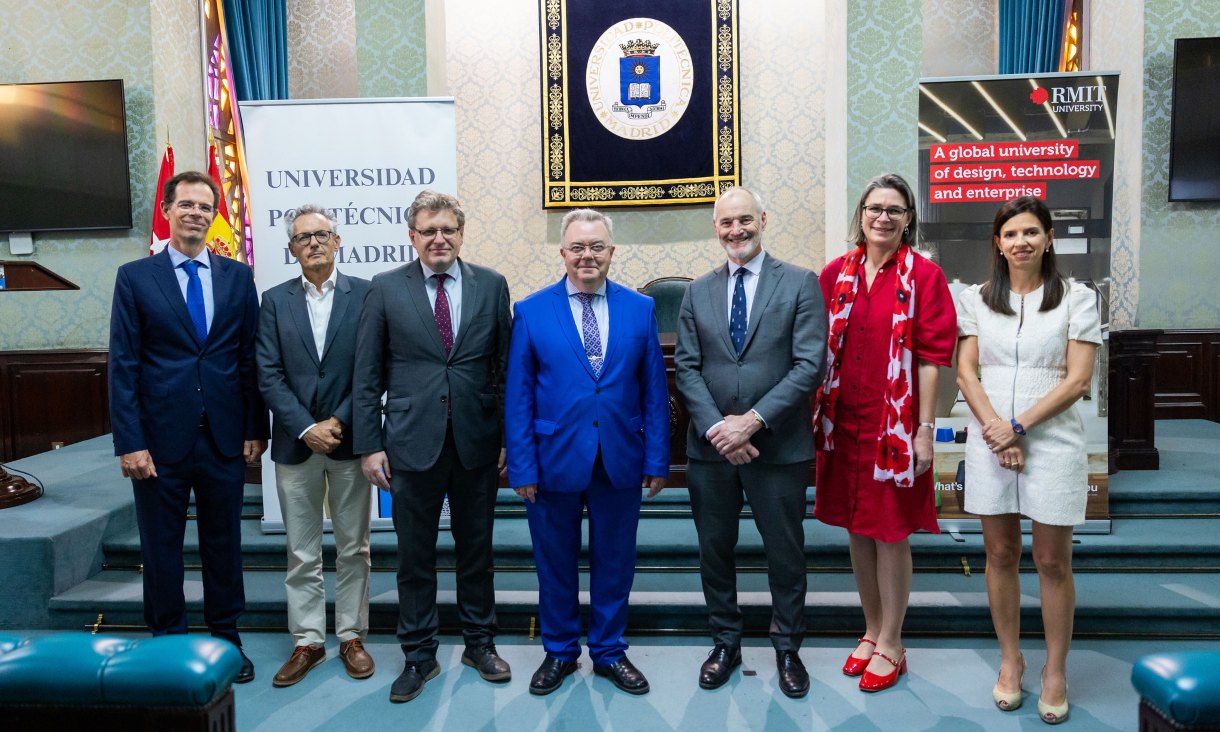Creativity through lockdowns
At the end of Semester 1 in 2021, McLain had finished the first two components of his work and planned to connect with the Afghani community in Melbourne for the final piece.
“I was thinking I’d love to do some portraits with Afghan people who have been traumatised and affected by all of this, which is a big order because I personally struggle with this idea of being the photographer who rides into town, takes the pictures he wants to take and then rides out of town again,” he said.
“There’s a lot of verbs for making photographs that make me really uncomfortable: capturing, taking – they’re very aggressive, and I’m more interested in making pictures with people, especially portraits, and talking to them and listening to them – so that was what I set out to do.”
A short lockdown in mid-2021 halted McLain’s communication with the Afghani community, and he was forced to reconsider how his third piece would come together.
“I think sometimes when you get very rigid boundaries placed on you it can really focus your energy and focus your creativity,” he said.
“If you have all the resources in the world, there’s a lot to eliminate at that point.
“When a whole bunch of things are eliminated for you, you say ‘what am I going to do with what I’ve got?’, and I feel like that’s where I ended up.
“ I started going through digital files of photographs I made 20 years ago when I was deployed in Afghanistan, and I found these images of ordinary Afghans in a few villages.
“I started making these hand-crafted salt prints of the images and one day I went into campus and spent time doing nothing but making digital negatives so that if we went back into lockdown, I had something to work with.
“And guess what happened that next Thursday? We went into the big lockdown.
“I did the vast majority of it in my apartment, but I made the best of what I could, and that was how the third piece was created.”
Instigating conversations about war
McLain hopes his work can start some difficult conversations about the social, ethical, and human terrain created by the war crimes outlined in the Brereton Report.
“I’m not somebody who finds extreme answers or really loud conversations change people much,” he said.
“I wanted to raise some questions, and they’re hard questions which will lead to some challenging conversations.
“I feel a responsibility that if I’m going to ask you to engage in difficult conversations, I need to create a space that doesn’t feel threatening.
“I wanted to make something where I wasn’t trying to beat you over the head with the right answer because I don’t have the right answer, and I don’t know what it is.”
See McLain's work at the Virtual School of Art Exhibition from Thursday 9 December (5pm AEDT).
Story: Thomas Odell
